The MTA Joins Forces With Arup Engineers to Build Quieter Subway Stations
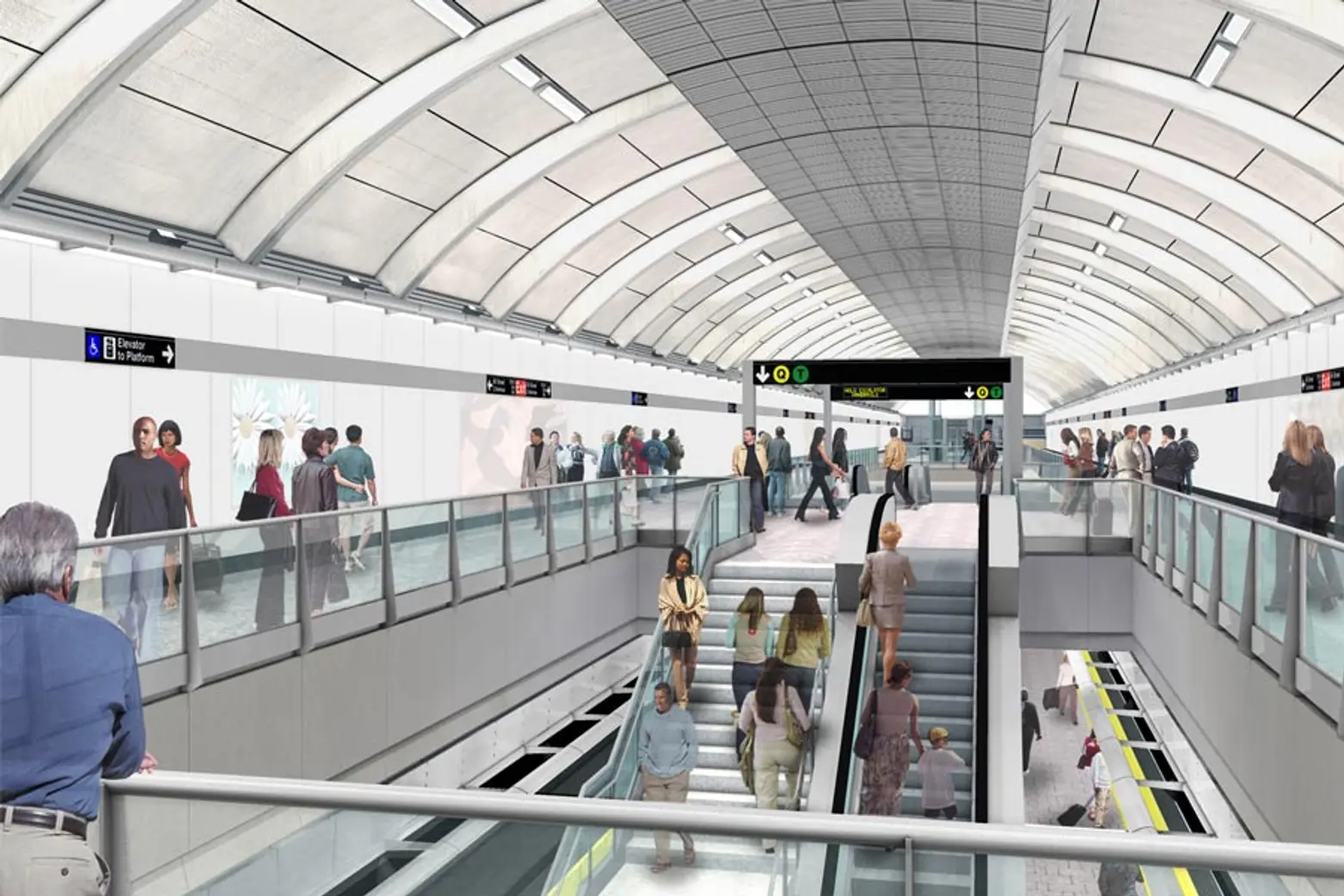
Artist’s impression of one of the Second Avenue subway’s 16 new stations
While the New York City subway system has improved by leaps and bounds since the days of squealing graffiti-covered, crime-riddled trains, stations are still an unpleasant reality. Between the grime, stench, heat and noise of oncoming trains (which in turn makes it impossible to hear indecipherable, possibly important announcements), by the time the actual train shows up we’ve had our share of city cacophony.
The good news is that an engineering firm is working with the MTA to create the amazing possibility of quieter subway stations, Wired reports. The challenge of quieting the din lies in the fact that a subway station has to be “incredibly strong, graffiti-proof, soot-resistant, human bodily waste-resistant,” according to Alex Case, an architectural acoustician with the University of Massachusetts Lowell. This indestructible infrastructure by nature creates an echo chamber that amplifies the racket. Engineering firm Arup has been hired by the MTA to improve the acoustics of the new Second Avenue line, the first phase of which–a stretch of track that lies 10 stories below the Upper East Side–is scheduled to open this December, with 8.5 miles and 16 new stations on the way when the line is complete.
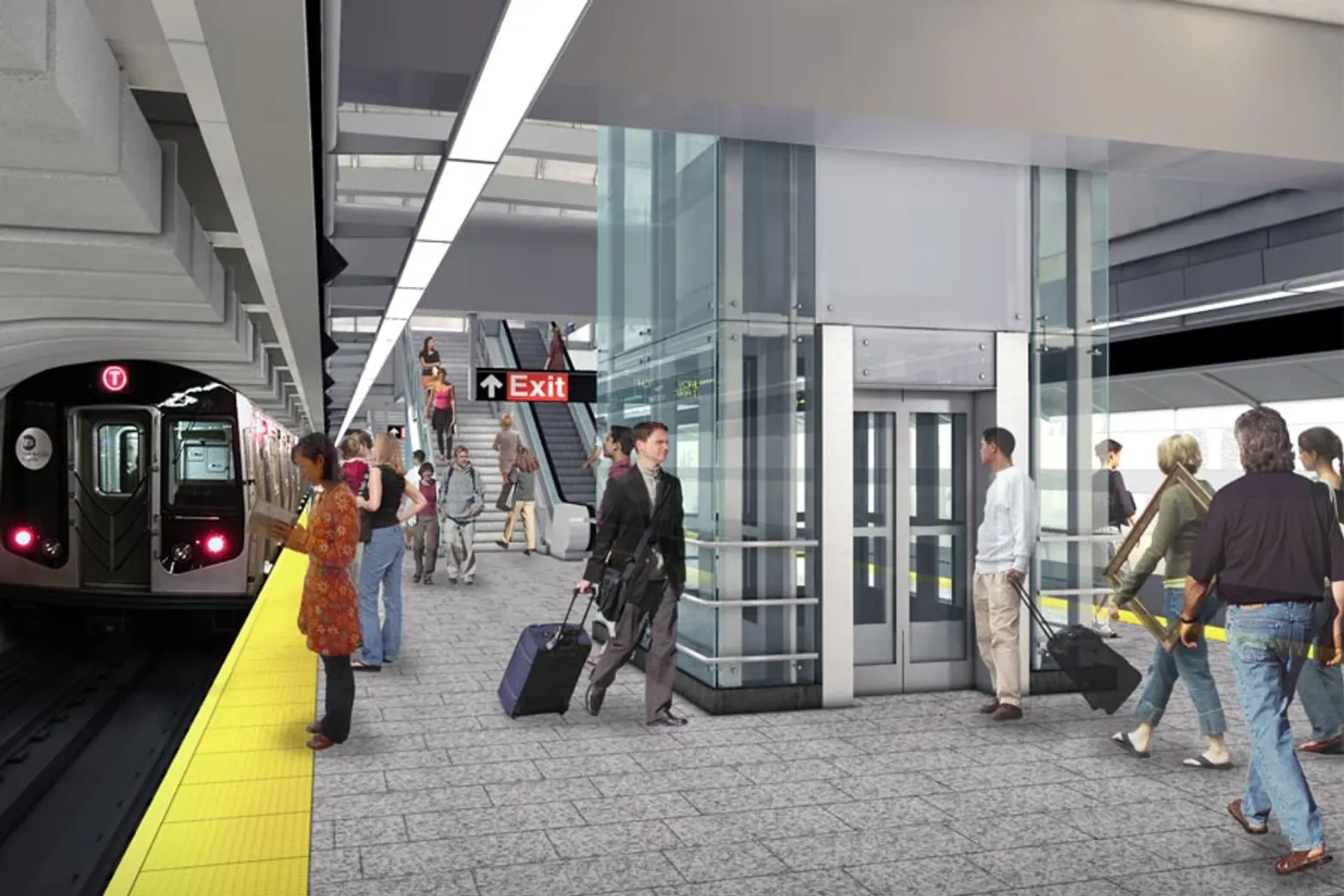
Artist’s impression of station platform
The company’s SoundLab has perfected ways to, in the words of Arup Global Acoustics principal Raj Patel, “listen to buildings before they’re built.” Arup’s acousticians have created digital models of the subway using recorded sounds and measurements from existing stations to study the best way to minimize the noise. Engineers have rigged up 50 loudspeakers and eight subwoofers to simulate the ear-assaulting commuter experience.
While they’ve perfected replicating the din, how do the engineers in the SoundLab propose to shield commuters from it? Ideas like wrapping stations in fabric or foam to muffle the sound won’t work since they’d attract filth in a New York minute. Any solutions that arise must be thoroughly washable and on-budget.
Arup’s best-laid plans start with the tracks. The MTA is springing for a “low-vibration track” that uses ties encased in concrete-covered rubber and neoprene pads and a continuously welded rail that gets rid of the clatter of wheels.
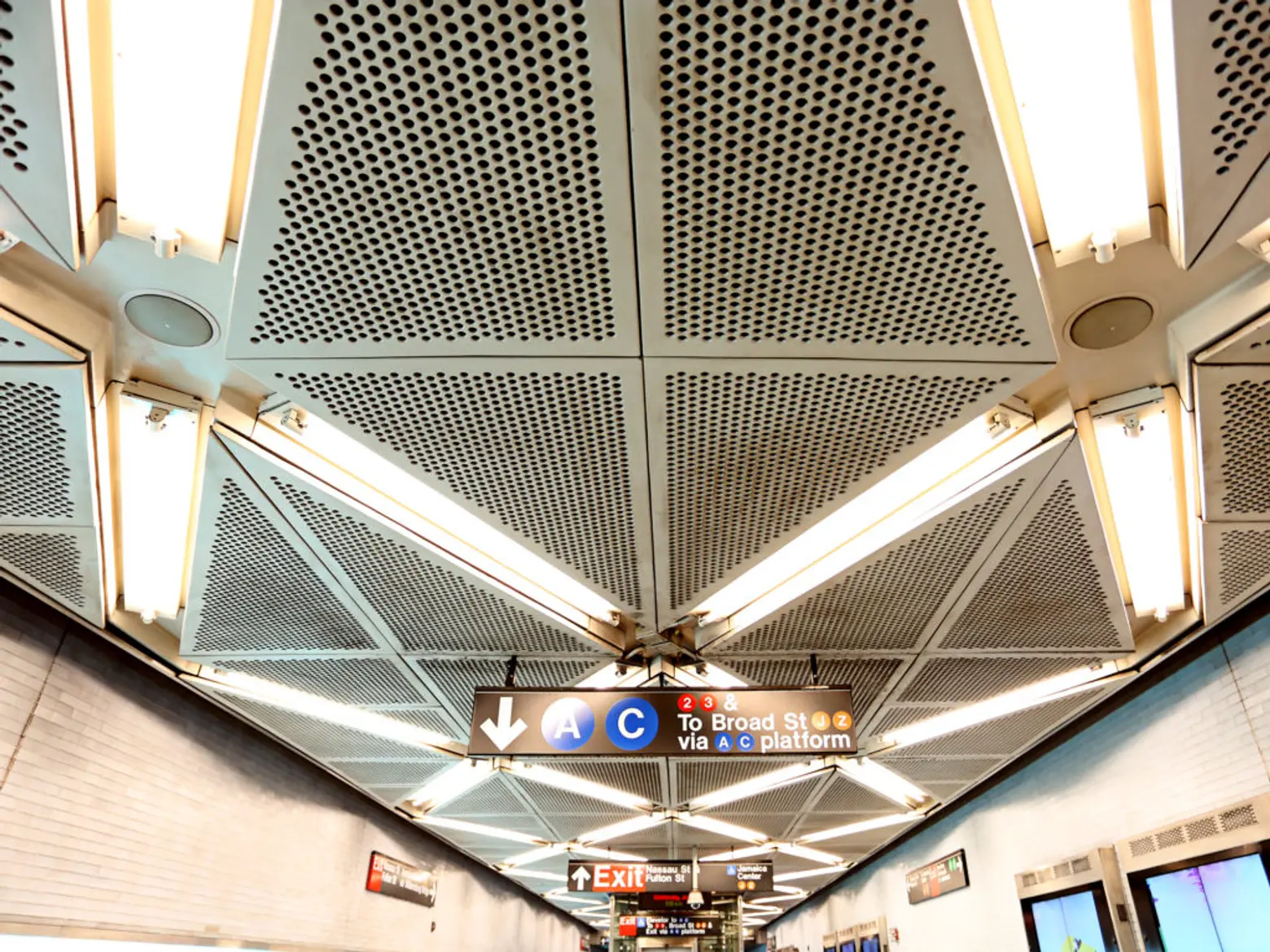
Metal-covered fiberglass ceiling already in use in Fulton Transit Center
“The big change is really in the finishes,” according to Joe Solway, the firm’s acoustic lead on the project. The tile and stone used in current stations bounce sound all around. The plan is to line the ceilings with absorbent rigid fiberglass or mineral wool—similar to the fluffy pink stuff used as home insulation–tucked behind a metal or enamel sheet, “like a Roach Motel for noise.”
Sound will be directed back toward the train instead of the platform by curved ceilings. And those speakers, whose very important purpose is to be clearly heard, will be placed at 15-foot intervals and directed toward riders for ideal resonance and volume, among other steps to improve fidelity.
Arup’s engineers have demonstrated that it’s possible to offer riders a crisp, clear announcement in a sonic environment that makes the words—however dreaded they may be—much easier to hear, which would definitely give New Yorkers one less thing to complain about.
[Via Wired]
RELATED:
- Shhhh… A Look at New York’s Ongoing Battle With Noise
- City Filth, Decoded: The Gunk on Subway Platforms Actually Has a Name
- Governor Cuomo Finally Approves MTA’s $27B Capital Plan
All images courtesy of Arup
Interested in similar content?
Leave a reply
Your email address will not be published.
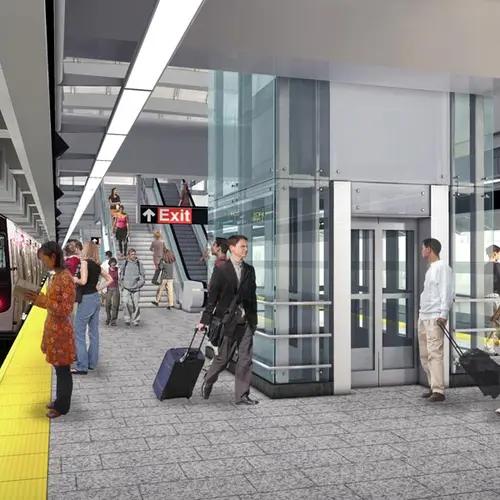
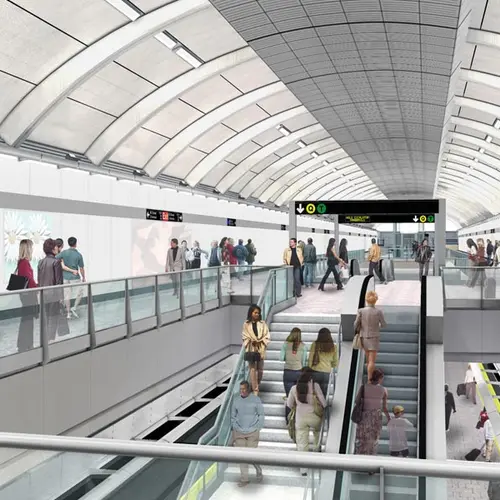
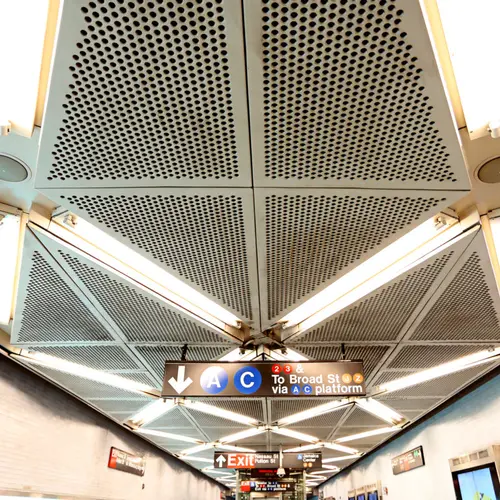
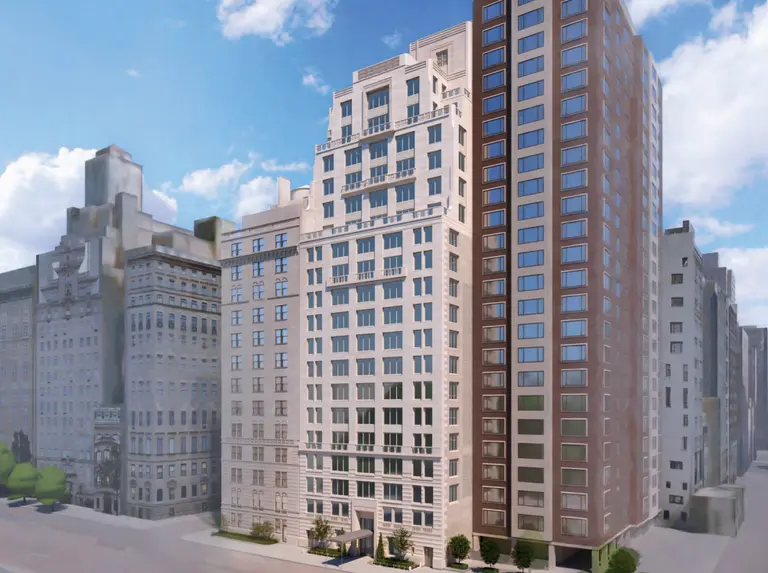
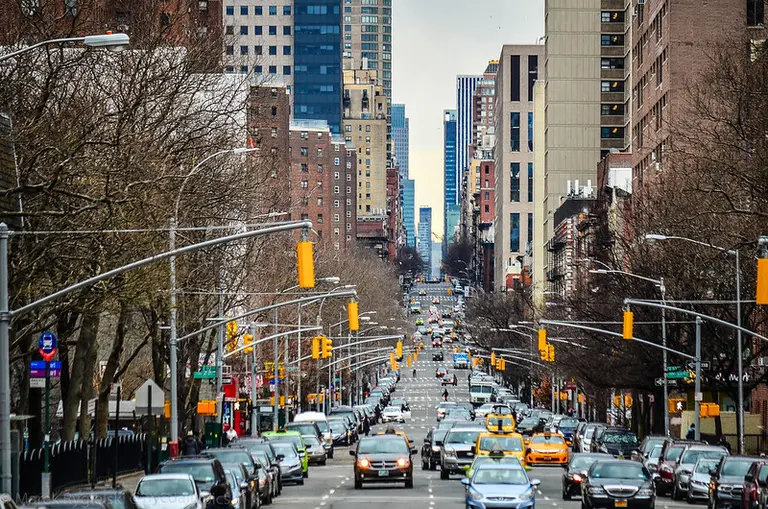
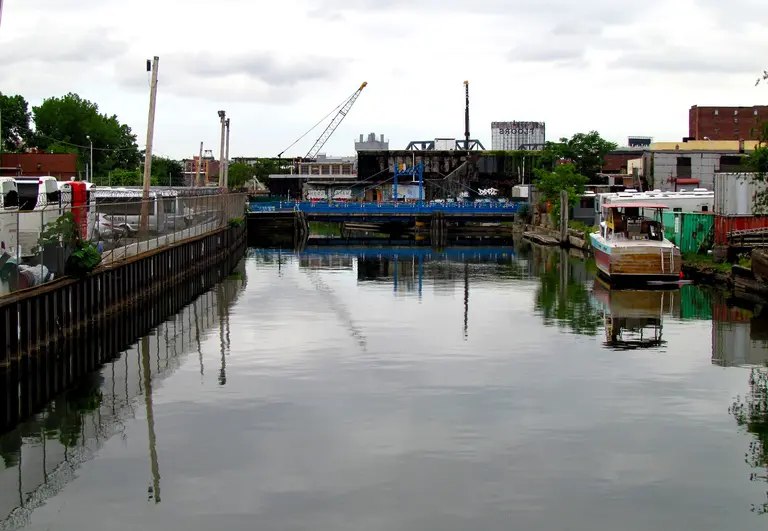
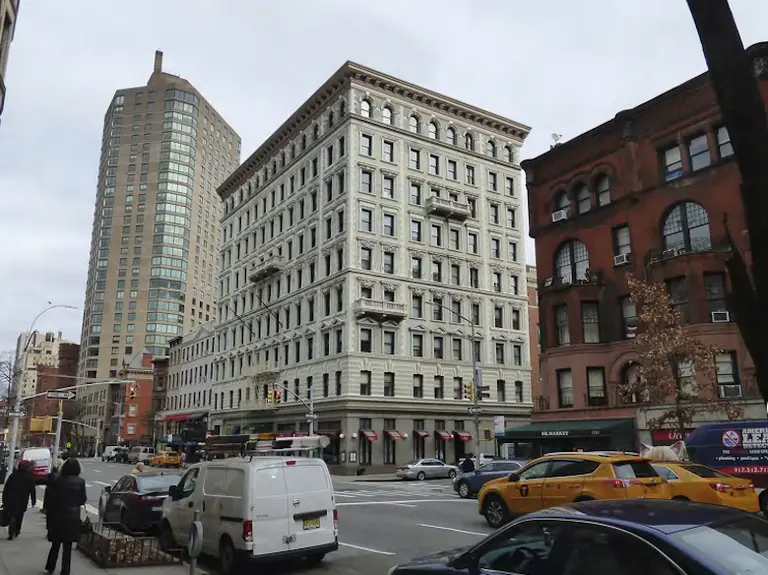
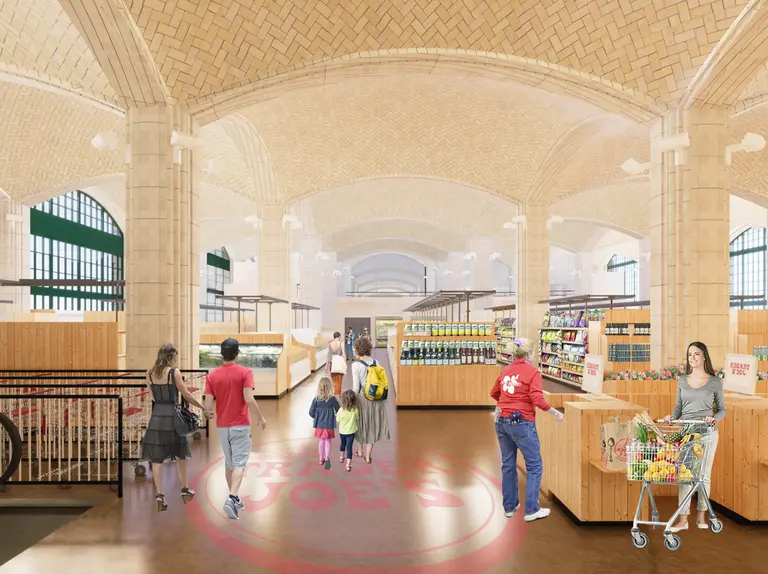
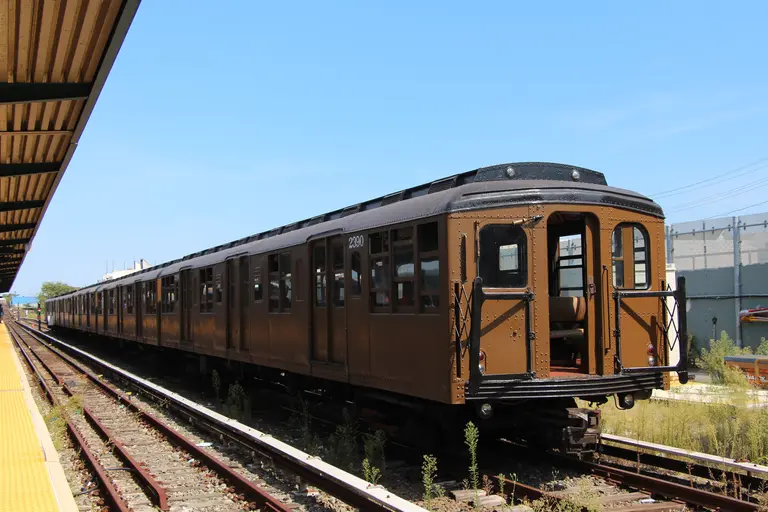





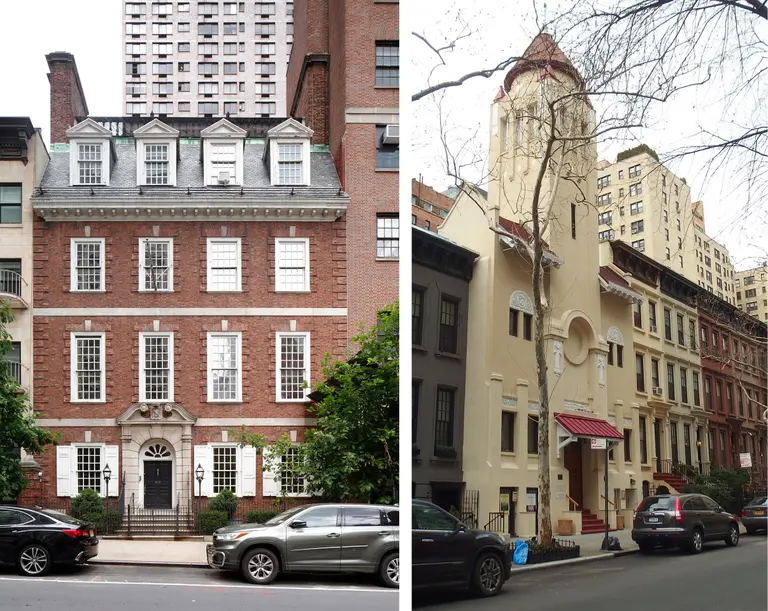

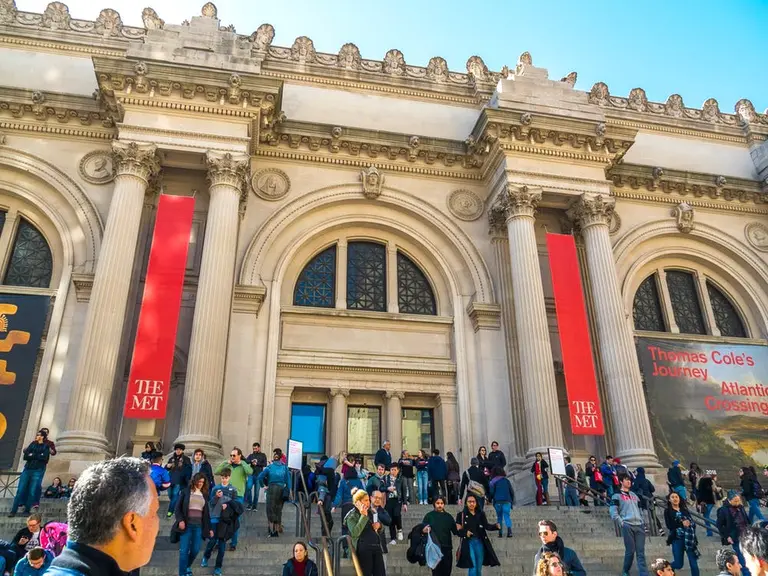
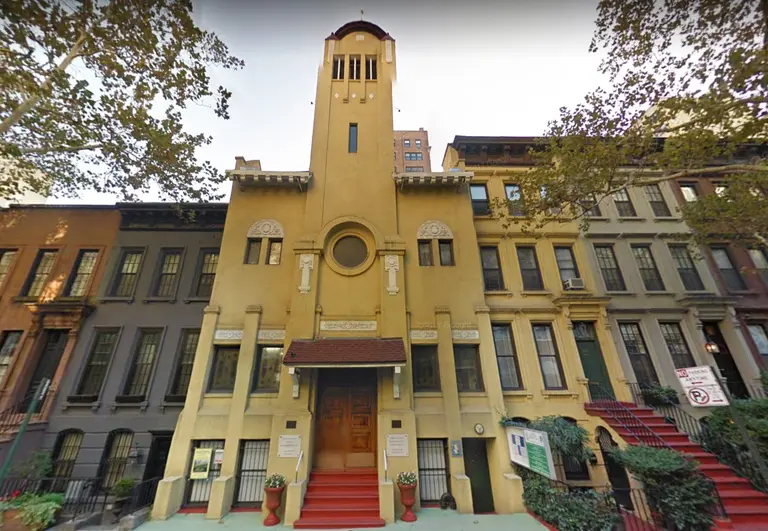
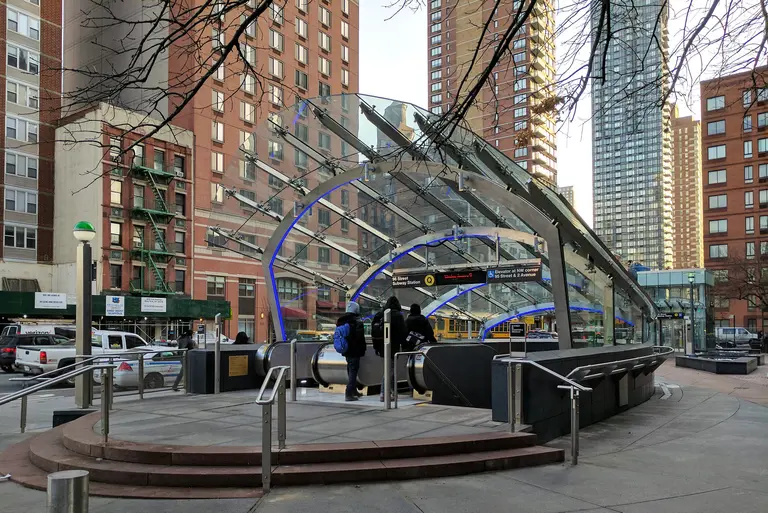
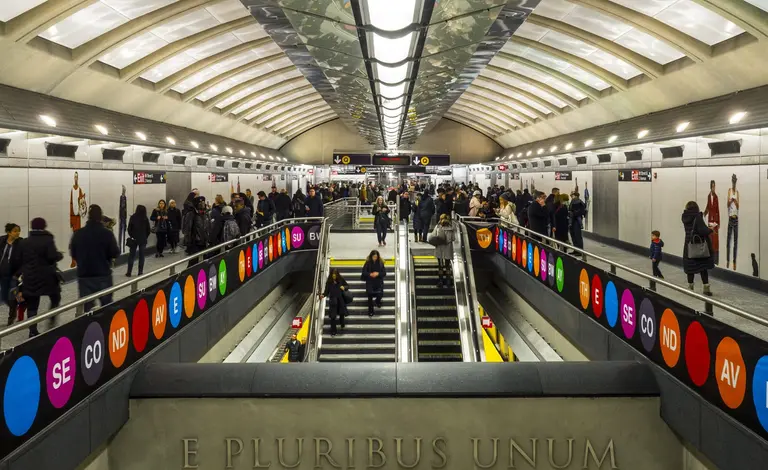












Montreal and Washington DC have very quiet and beautiful metro stations – electric trains help, as does carpet (!!) in DC. Ceiling baffles help and can be beautifully rendered.